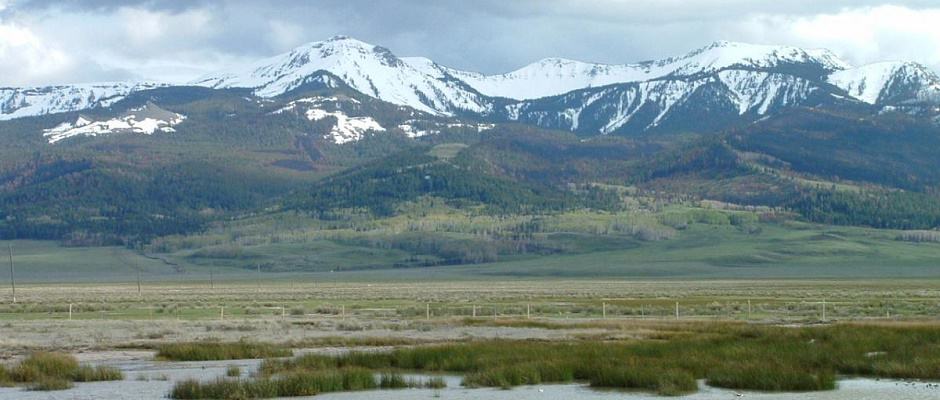Wetland News* Archives – 2013
December
Clearer picture emerging on proposed rule redefining jurisdictional waters of the United States
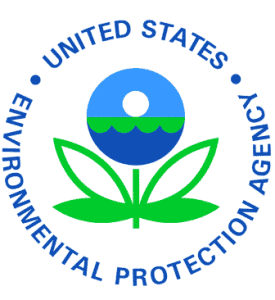
 “A long-awaited rulemaking to redefine the scope of “waters of the United States” under the Clean Water Act (CWA) continues to move forward, with a proposed rulemaking in 2014 increasingly likely. It is anticipated that the proposed rule will significantly expand the universe of streams, wetlands, and other waters that would be considered jurisdictional waters of the United States for purposes of triggering the CWA’s permitting, enforcement, and citizen suit regime”. For the full story, click here.
“A long-awaited rulemaking to redefine the scope of “waters of the United States” under the Clean Water Act (CWA) continues to move forward, with a proposed rulemaking in 2014 increasingly likely. It is anticipated that the proposed rule will significantly expand the universe of streams, wetlands, and other waters that would be considered jurisdictional waters of the United States for purposes of triggering the CWA’s permitting, enforcement, and citizen suit regime”. For the full story, click here.
100’s of thousands of wetlands within 1 mile of Bakken oil & gas wells, brine contaminates water wells
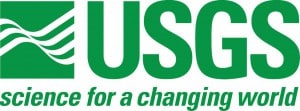 “Hundreds of thousands of wetlands and thousands of miles of streams in North and South Dakota and Montana are within a mile of oil and gas wells, according to research by the U.S. Geological Survey, which is mapping the subsurface to identify groundwater contamination from brine. When oil is produced, brine or produced water rich in salts and toxic metals also comes out of the ground. The oil companies injected the wastes back underground to a depth of between 800 and 1,000 feet, where it was assumed the material would stay put. It did not.” In eastern Montana, water wells on the Fort Peck Indian Reservation and the nearby town of Poplar are significantly contaminated with brine due to a well casing failure of an injection well. The proximity of wetlands to oil and gas wells is of further interest due to relatively common oil and produced water spills. In North Dakota alone, over 1,100 ‘incidents’ involving oil and produced water were reported in 2012 (EnergyWire, July 8). The original article can be found here.
“Hundreds of thousands of wetlands and thousands of miles of streams in North and South Dakota and Montana are within a mile of oil and gas wells, according to research by the U.S. Geological Survey, which is mapping the subsurface to identify groundwater contamination from brine. When oil is produced, brine or produced water rich in salts and toxic metals also comes out of the ground. The oil companies injected the wastes back underground to a depth of between 800 and 1,000 feet, where it was assumed the material would stay put. It did not.” In eastern Montana, water wells on the Fort Peck Indian Reservation and the nearby town of Poplar are significantly contaminated with brine due to a well casing failure of an injection well. The proximity of wetlands to oil and gas wells is of further interest due to relatively common oil and produced water spills. In North Dakota alone, over 1,100 ‘incidents’ involving oil and produced water were reported in 2012 (EnergyWire, July 8). The original article can be found here.
Number of university-based waterfowl programs and professors on the decline
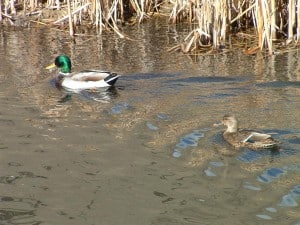 Richard M. Kaminski, Ph.D., Professor of Wildlife Ecology and Management at Mississippi State University, surveyed 76 universities in 2000 and again in 2013 to assess the staffing of their programs in waterfowl ecology and management. Results discussed in his Winter 2013 article in The Wildlife Professional indicate a decline in the numbers of programs and faculty engaged in waterfowl research or teaching at U.S. and Canadian universities. He found that following death, departure, or retirement of faculty members engaged in waterfowl research and education, many positions were not re-filled, coinciding with the loss of waterfowl programs from these universities.
Richard M. Kaminski, Ph.D., Professor of Wildlife Ecology and Management at Mississippi State University, surveyed 76 universities in 2000 and again in 2013 to assess the staffing of their programs in waterfowl ecology and management. Results discussed in his Winter 2013 article in The Wildlife Professional indicate a decline in the numbers of programs and faculty engaged in waterfowl research or teaching at U.S. and Canadian universities. He found that following death, departure, or retirement of faculty members engaged in waterfowl research and education, many positions were not re-filled, coinciding with the loss of waterfowl programs from these universities.
New budget deal cuts Farm Bill funding for conservation, charges user fees
 Rep. Ryan and Sen. Murray have announced a budget deal to set government spending levels through FY 15. It maintains the planned mandatory program spending cuts, including for Farm Bill conservation programs.
Rep. Ryan and Sen. Murray have announced a budget deal to set government spending levels through FY 15. It maintains the planned mandatory program spending cuts, including for Farm Bill conservation programs.
The budget deal creates a requirement for NRCS to charge a user fee for conservation plans. While there appears to be waiver options for beginning/ socially disadvantaged farmers and ranchers and for producers needing to meet regulatory or eligibility requirements, this user fee is a disincentive for conservation. Also, the user fees go into an account that NRCS can only access through Congressional appropriation, so there is no guarantee that the funds go back into conservation.
House-Senate Farm Bill conference postponed to January – Both consolidate conservation programs, cut funding
Farm Bill negotiators have conceded that a meeting to iron out the differences in House and Senate versions of the Farm Bill will not occur until January 2014. Both versions reduce and consolidate the number of conservation programs while also reducing mandatory funding over the 10-year baseline by billions of dollars. However, the Senate bill would reestablish the requirement for conservation compliance to receive crop insurance subsidies and would eliminate premium subsidies for farmers who decide to turn grassland to agriculture production. For more information, click here.
In the meantime, House Agriculture Committee Chairman Frank Lucas (R. – OK) plans to introduce a one month (through Jan. 31) Farm Bill extension, which will not apply to EQIP, CSP, etc because these programs are already extended through September 2014. The intent of the extension appears to give Congress time to complete the bill without the expiration of permanent law and public concern about dairy price spikes. However, Lucas appears to not want to proceed with the extension if pending cost estimates of the current deal indicate further negotiation isn’t needed, and a Farm Bill could be passed early in January. Either way, Sens. Stabenow and Reid are saying they do not want to pass a temporary extension, so right now it does not appear this extension will become law.
Joint Aquatic Sciences Meeting Open for Abstract Submissions
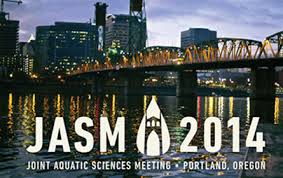 The Joint Aquatic Sciences Meeting is a joint meeting of Society for Freshwater Science, Society of Wetlands Scientists, Phycological Society of America, and the Association for the Sciences of Limnology and Oceanography.
The Joint Aquatic Sciences Meeting is a joint meeting of Society for Freshwater Science, Society of Wetlands Scientists, Phycological Society of America, and the Association for the Sciences of Limnology and Oceanography.
The 2014 JASM website is live and open for abstract submissions! Visit the meeting site to submit your abstract, learn more about opportunities for participation and to see all that this meeting has to offer. Abstracts must be submitted by Friday, February 7, 2014, 11:59pm CST.
Under the theme of “Bridging Genes to Ecosystems: Aquatic Science at a Time of Rapid Change,” the 2014 meeting will take place in Portland, Ore., May 18 – 23 at the Oregon Convention Center. An important aim of this meeting includes working toward an integrative understanding of aquatic systems and fostering collaboration and interaction across the participating societies. Meeting organizers encourage the submission of abstracts for oral and poster presentations to include both research and non-research.
Please contact the JASM 2014 Project Manager, Lynda West at lyndaw@sgmeet.com, if you have any questions about the meeting.
EPA Releases Draft Stream and Wetland Connectivity Report, Holds Public Meeting
 In September the U.S. Environmental Protection Agency’s (EPA) independent Scientific Advisory Board (SAB) issued a request for public comment on “Connectivity of Streams and Wetlands to Downstream Waters.” The 331 page report was developed by the EPA Office of Research and Development (ORD) to synthesize peer-reviewed scientific literature about the biological, chemical, and hydrologic connectivity of waters and the effects that small streams, wetlands, and open waters have on larger downstream waters such as rivers, lakes, estuaries, and oceans.
In September the U.S. Environmental Protection Agency’s (EPA) independent Scientific Advisory Board (SAB) issued a request for public comment on “Connectivity of Streams and Wetlands to Downstream Waters.” The 331 page report was developed by the EPA Office of Research and Development (ORD) to synthesize peer-reviewed scientific literature about the biological, chemical, and hydrologic connectivity of waters and the effects that small streams, wetlands, and open waters have on larger downstream waters such as rivers, lakes, estuaries, and oceans.
The SAB Staff Office subsequently announced a public meeting of the SAB Panel to conduct a review of this draft report from Monday, December 16 through Wednesday December 18. Comments, letters, and presentations made during the meeting can be found here.
The Wildlife Society and Wetlands Working Group submitted official comments regarding this report found here. Comments received by November 6 were provided to the SAB panel as part of their deliberations, while comments received after that date but before the SAB wraps up its work (probably early spring of 2014) will be part of the public record but may not be provided to the panel as part of their deliberations.
*Wetland News reflects wetland-related news coverage in the media and is intended to foster the exchange of information about policy issues and science among the wetland community. Neither the Wetlands Working Group nor The Wildlife Society independently verifies any statements or assertions in these articles. Any opinions that may be expressed or products mentioned herein are those of the authors and do not necessarily reflect official policy of The Wildlife Society unless so stated.



